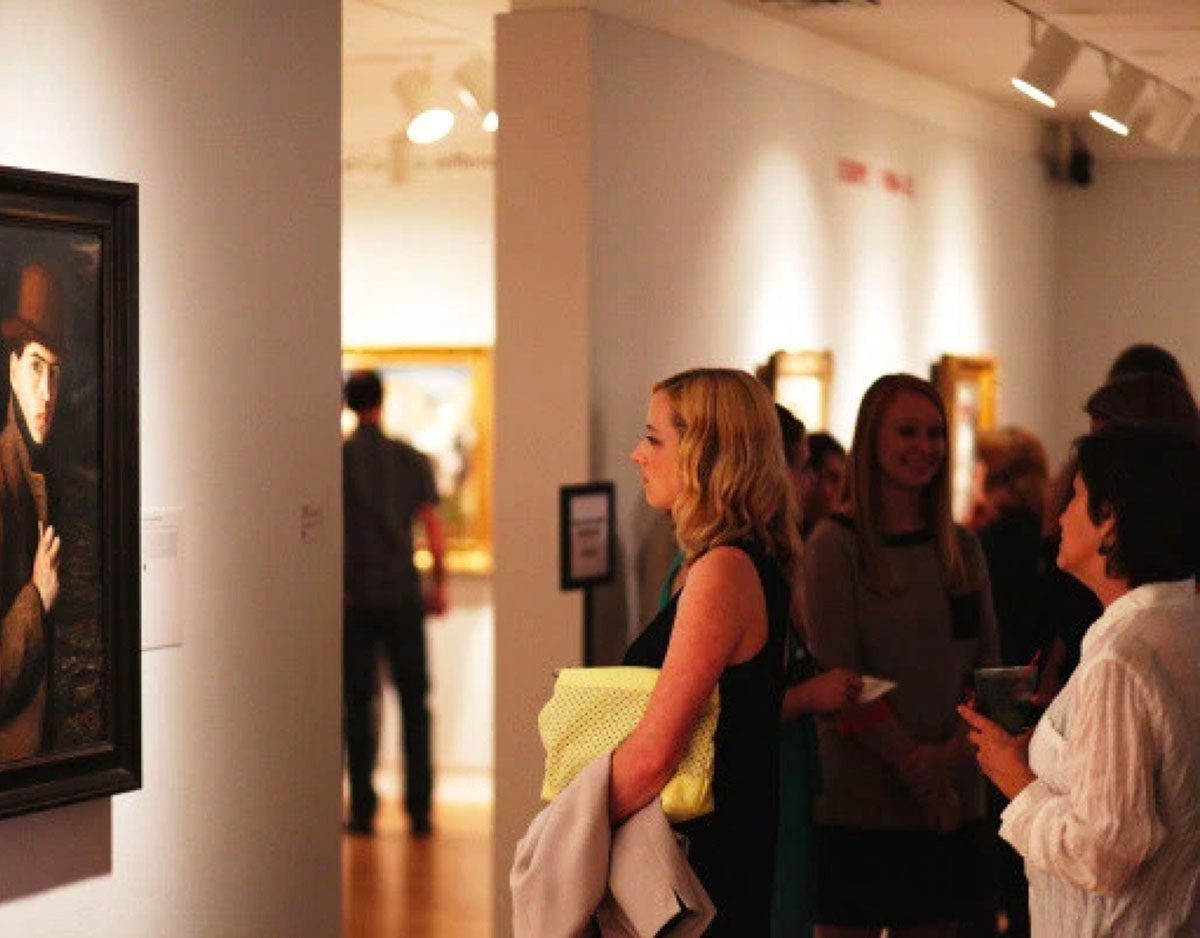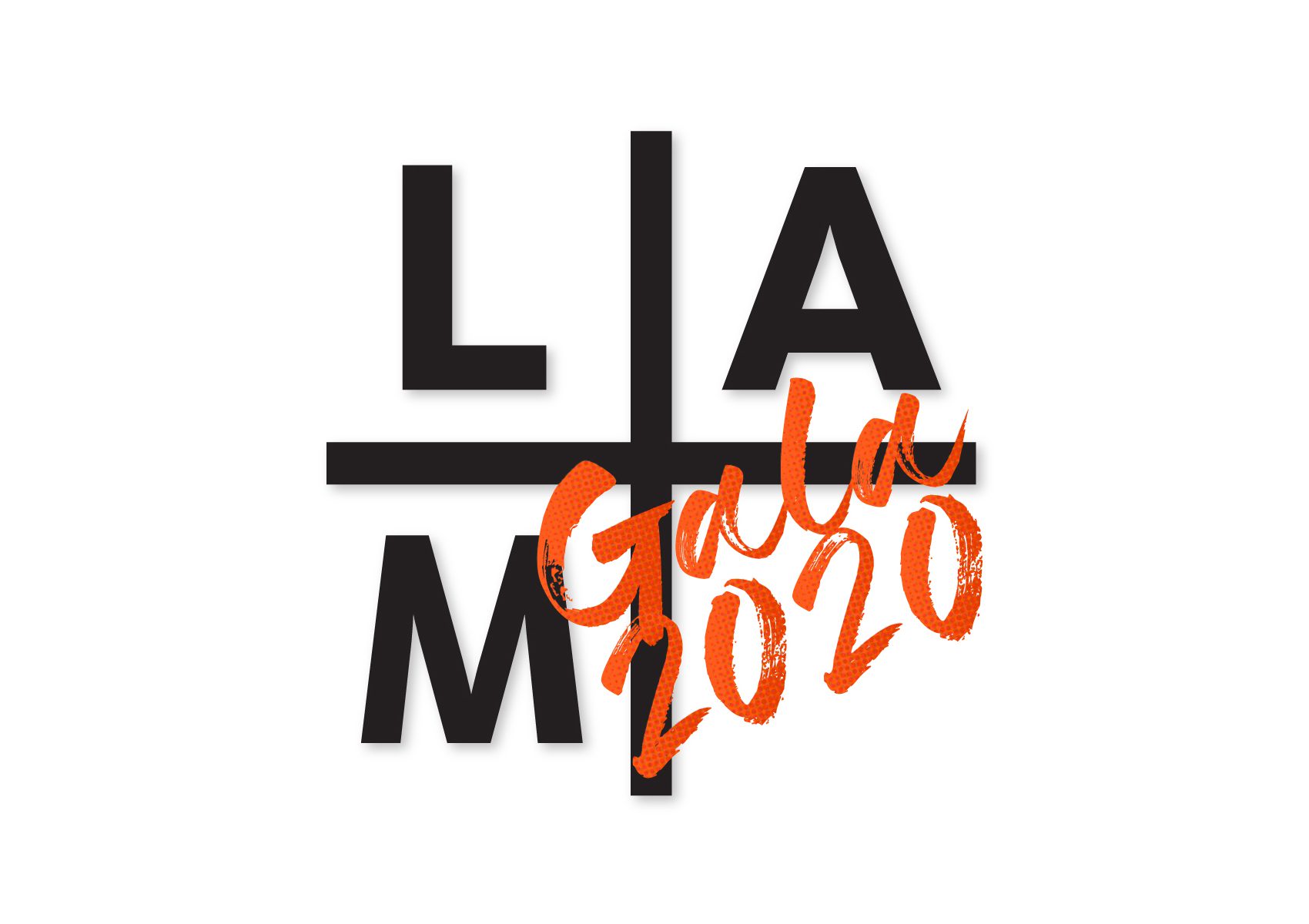Exhibit Overview
Laguna Art Museum kicked off its contemporary art program ex·pose with an exhibition of works by Peter Bo Rappmund (b. 1979).
This was Bo Rappmund’s first solo exhibition at a museum. Working mainly in film, video, photography, and sound, he showed several photographs, along with three films: Psychohydrography (2010, HD, color, sound, 60 minutes); Vulgar Fractions (2011, HD, color, sound, 30 minutes); and Tectonics (2012, HD, color, sound, 60 minutes). This exhibition was the world premiere for Tectonics.
Bo Rappmund’s working process is a lengthy one, recording natural and rhythmic changes in the landscape, often covering much geographical ground. He creates sporadic rhythms and time-lapse sequences, producing a visually uncanny sensation from even the most banal landscapes.
The water sources of Southern California are charged with contentious histories and problems. From the scenic, fecund mountains of the Sierra to the industrial and urban sites of the city of Los Angeles, the ecology of water is abstract and generally ignored by the public. Through the act of following the path of Southern California’s water sources, Bo Rappmund draws attention to the contradiction of its apparent abundance in the desert. The water is mostly set to field recordings in the beginning of the film, but its industrialization is soon embodied through accumulated urban sounds and static. With a final meditation on the ocean, the viewer is left to reflect on water’s fragile ecosystem, both natural and manmade.
Vulgar Fractions consists of a set of compact montages, capturing seven intersections along the border of Nebraska. Bo Rappmund draws attention to Nebraska’s sometimes arbitrary, sometimes naturally occurring border. The differences are compared and contextualized in relation to historical moments such as the Kansas-Nebraska Act (1854). The Homestead Act (1862) followed, bringing an influx of farmers to the land, later to be displaced by the dust storms of the 1930s. He captures the predominantly rural, Great Plains while subtly pulling out their quiet diversity. The film releases at the end with an expansive conclusion of collected sunsets. A universal time transmission captured over short-wave radio sounds just like a metronome, as the meditative reflection of the sky mirrors the plains of Nebraska.
Following the Mexico-U.S. frontier, he takes his journey nearly 2,000 miles from the Gulf Coast to the Pacific Ocean. Traversing the border along the entire way, he navigates a site filled with tragedy, violence, and scenic beauty. The Mexico-U.S. border site epitomizes the conflict-ridden question of the “other” and brings forth challenges to our present-day humanity. Dead bodies are collected at mass graves just a mile or two from the border. These failed attempts at crossing the desert slowly fade into dust as the anonymous headstone markers crumble apart under the uncompromising sun. In Arizona, small American flags are strewn along a freshly installed frontier billboard that spells “BORDER” in all caps. Each flag contains a message from a participating U.S. citizen in defense of a stronger, more closed-off boundary. Bo Rappmund captures still the sublime landscape and terrain that make our man-made border efforts appear inconsequential to Nature.
ex·pose is a contemporary art program curated by Grace Kook-Anderson, curator of contemporary art at Laguna Art Museum. ex·pose features rotating exhibitions focusing on one emerging or mid-career artist at a time. The program aims to present a diverse range of artists working in all mediums, and encourages artists to create new work.
Media sponsorship provided by:



Subscribe To Our Newsletter
Receive news about collections, exhibitions, events, and more.








